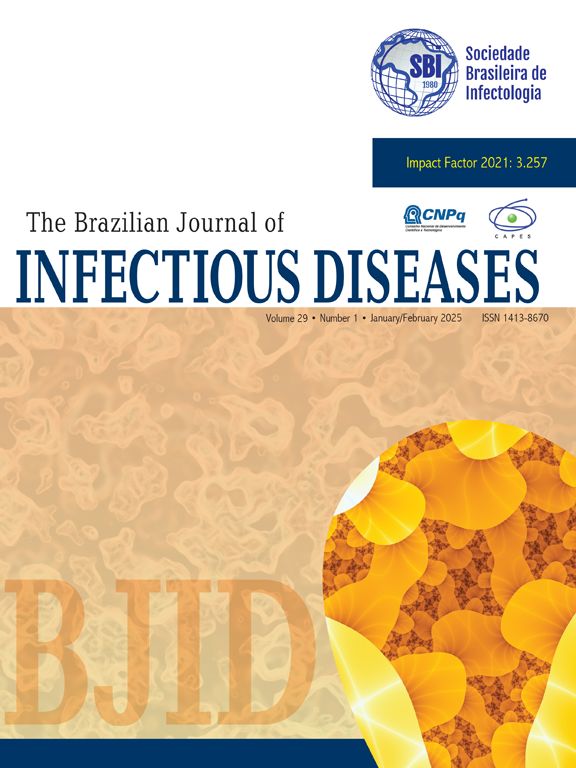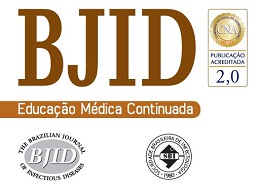Malaria is one of the serious diseases threatening human health in Pakistan and contributes to a large proportion of the total malaria deaths in South Asia. However, little is known about the nature and extent of genetic diversity of the malarial parasites circulating in Pakistan. This study was designed to assess the infection status of Plasmodium and the genetic diversity of Plasmodium vivax and Plasmodium falciparum by analyzing msp-3α, msp-3β and msp-1, msp-2 genes respectively using allele specific nested PCR and RFLP assays. For this purpose, 130 field isolates were collected from the individuals who exhibited clinical symptoms associated with malaria in the Kohat region of Khyber Pakhtoonkhwa (KPK), Pakistan. Among 130 blood samples collected, P. vivax was detected in 105/130 (80.8%) and P. falciparum in 21/130 (16.2%). Mixed infections with both parasites were detected in 4/130 (3%) of the isolates. A large number of distinguishable alleles were found for msp genetic markers: 10 alleles for msp-3α and seven for msp-3β with one mixed infection in case of msp-3β. The genotyping of P. falciparum showed that K1+MAD20 mixed genotype was dominant in msp-1 and FC27 in msp-2. The results collectively suggest that P. vivax and P. falciparum populations in this region are highly polymorphic and mixed infections are prevalent.
The Impact Factor measures the average number of citations received in a particular year by papers published in the journal during the two preceding years.
© Clarivate Analytics, Journal Citation Reports 2025
SRJ is a prestige metric based on the idea that not all citations are the same. SJR uses a similar algorithm as the Google page rank; it provides a quantitative and qualitative measure of the journal's impact.
See moreSNIP measures contextual citation impact by wighting citations based on the total number of citations in a subject field.
See more



